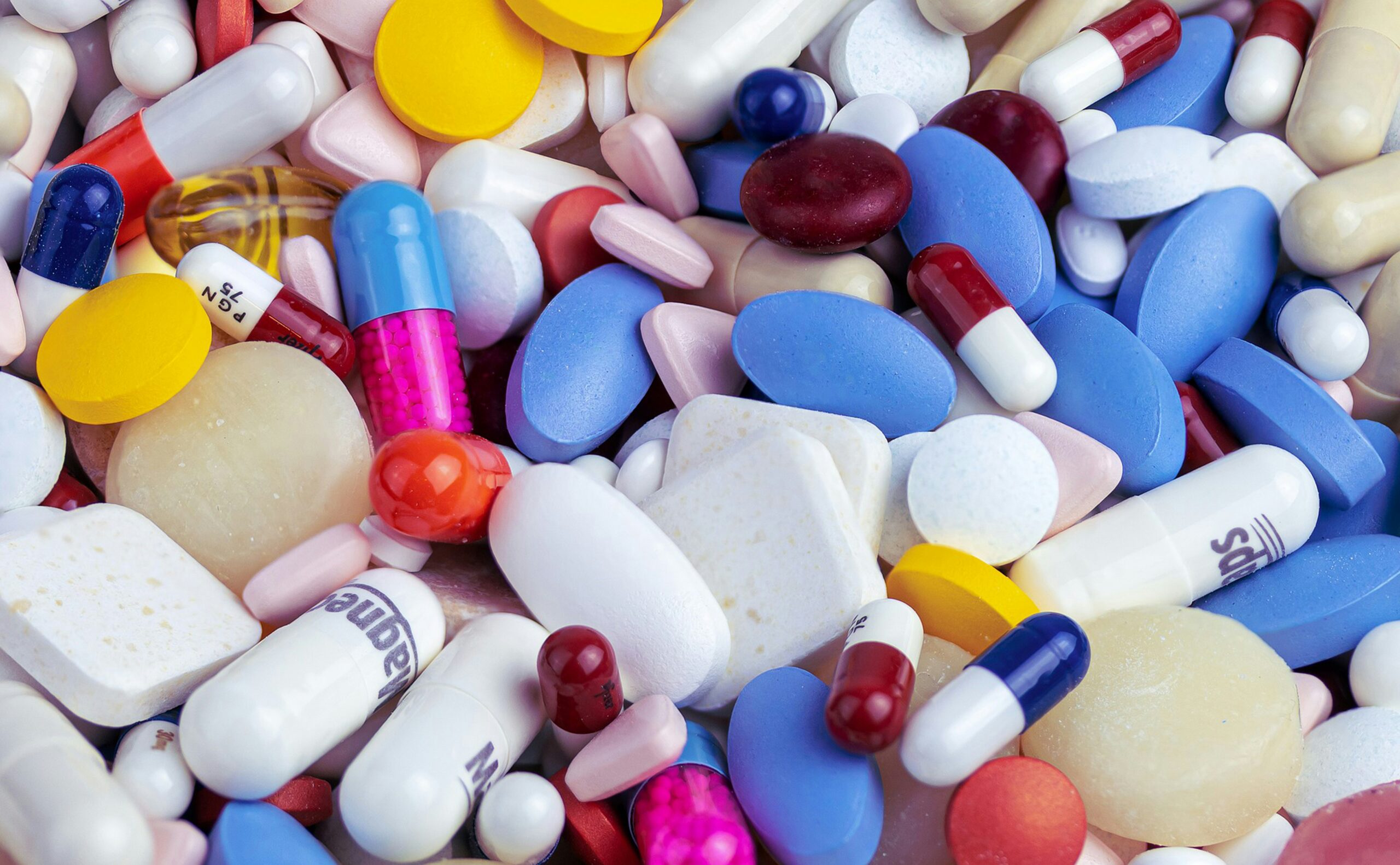In an era where the landscape of illicit drugs is rapidly evolving, traditional drug testing methods are facing a formidable challenge. While urine, blood, and saliva tests have been the gold standards for detecting substance use, the rapid emergence of new psychoactive substances (NPS) is prompting a significant reassessment of these testing methods. This blog post delves into how drug testing is adapting to these changes, the challenges faced, and a few examples of new substances that often slip through the cracks.
The evolving landscape of drug use
The proliferation of NPS has transformed the world of substance abuse. From synthetic cannabinoids like Spice and K2, to synthetic cathinones, commonly known as “bath salts,” these drugs are designed to mimic the effects of more traditional substances while evading detection in standard drug tests. Whether through legal changes, the ready availability of new substances on the market, or the constant tweaking of drug formulations, the need for effective and adaptable testing methodologies has never been more crucial.
Challenges with emerging substances
The primary challenge traditional drug testing faces is the speed at which new substances are developed. Manufacturers of NPS continuously alter chemical structures to evade existing drug tests, resulting in a significant lag in detection methods. For example:
- Fentanyl analogues: Fentanyl and its analogues account for a large number of overdose deaths. Traditional opioid screens may not detect certain analogues, posing severe risks in medical and law enforcement settings.
- 2C-B and other phenethylamines: These hallucinogenic substances are often excluded from routine drug panels, despite presenting serious risks to users.
- MDMA variants: While most tests can detect MDMA, newer formulations such as methylone may be overlooked, leaving a dangerous gap in detection and user safety.
The path forward
To address these challenges, researchers and testing facilities are constantly adapting. Some effective strategies include:
- Expanding testing panels: Laboratories are working to broaden the list of substances they test for by adding compounds commonly found in emerging drugs.
- Advanced technologies: Mass spectrometry and high-performance liquid chromatography (HPLC) enable more sensitive detection of a wider range of compounds, covering substances that conventional tests might miss.
- Monitoring trends: Continuous surveillance of drug trends and user behaviors helps laboratories anticipate and adapt to changing substances more proactively.
- Testing new technologies: By integrating AI algorithms with eye-scanning software, testing can become faster, more accurate, and less invasive. This innovative approach has the potential to transform how substances are detected by offering real-time insights into physiological indicators of use, helping to close critical detection gaps.
Conclusion
As society progresses, the drug testing industry must similarly evolve to enhance safety and awareness. By embracing new technologies—such as AI and eye scanning—and expanding traditional testing practices, we can help close the gap created by the rapid influx of new substances. Ultimately, the future of drug testing lies in our collective ability to adapt and leverage technology to create a safer environment for all.
